Variety of violets RS-Babylon: description and cultivation
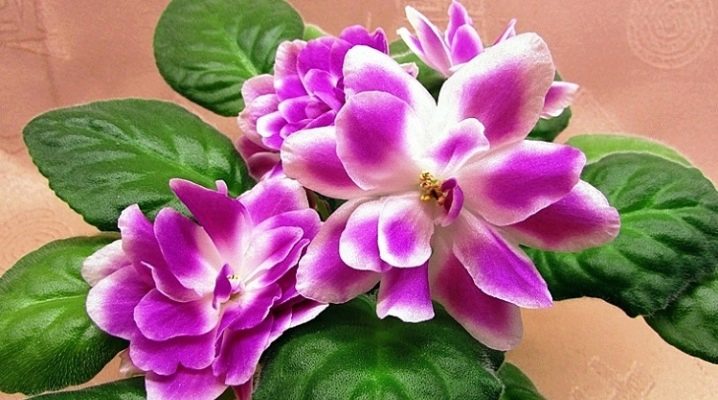
There are many varieties of ornamental plants. Among them, violets stand out favorably. The RS-Babylon variety is one of the wonderful options that can decorate any home.
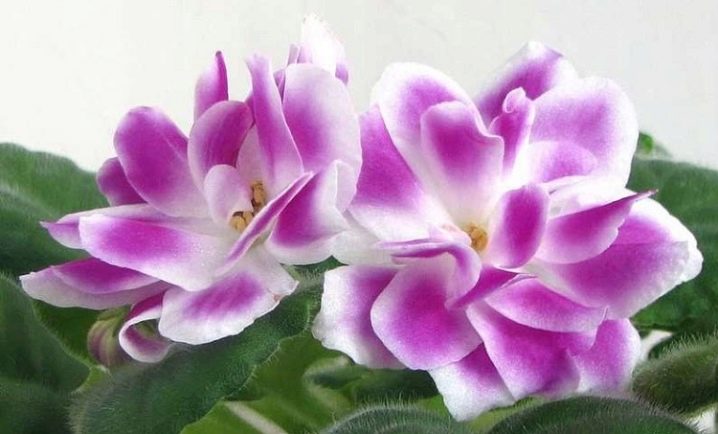
Peculiarities
Before giving a description of the variety, it is worth pointing out that the plants, in common use called violets, in fact, are not them. Uzambara violet has a completely different scientific name - saintpaulia... It has nothing to do with the flower mentioned in ancient Greek mythology. However, in the future, we will follow the established tradition of using words, meaning by violets it is saintpaulia.
There are a great many varieties of this plant, created by breeders. RS Babylon is one of them. It is easy to see that the plant is covered with flowers of impressive size. They can be up to 8 cm in diameter. The variety is one of the semi-double-flowered violets with a contrasting appearance. The elongated petals contain cherry-colored patches in various places.


The Babylon rosette includes moderate green foliage. The size of the plant allows it to be classified as a standard group. When the second bloom begins, its splendor increases significantly. There are many small villi on the leathery leaves. The rosette reaches a fairly large size. Young foliage is slightly tucked at the edges. In the course of development, she straightens. In adult flowers, the leaves resemble an oval.
A photograph of a plant of this variety can mislead inexperienced growers. You might think that the variety blooms profusely. In fact, the number of emerging flowers is relatively small. This disadvantage is largely compensated for by the strength and short length of the peduncles.
Some buds are hidden under a layer of leaves, shortly before flowering they have to be released manually.
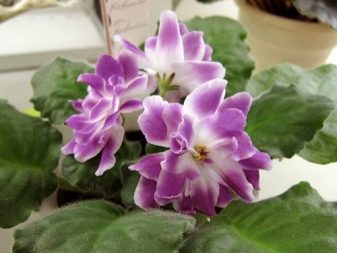

Origin
RS-Babylon was bred in Lugansk by the rather famous breeder Svetlana Repkina. It is well known by both amateur flower growers and specialists in various countries. The letters PC just denote authorship. S. Repkina herself recognizes this variety as one of the best results of her activities. Others agree with her on this.
Violets bred by Repkina look equally good on the windowsill and on the rack. For their high decorative qualities, landscape designers highly appreciate them. In cool weather, RS-Babylon blooms as brightly as possible. However, breeders of this culture should be patient and attentive to the flower.
This variety of violets does not tolerate the slightest violations of the principles of agricultural technology.
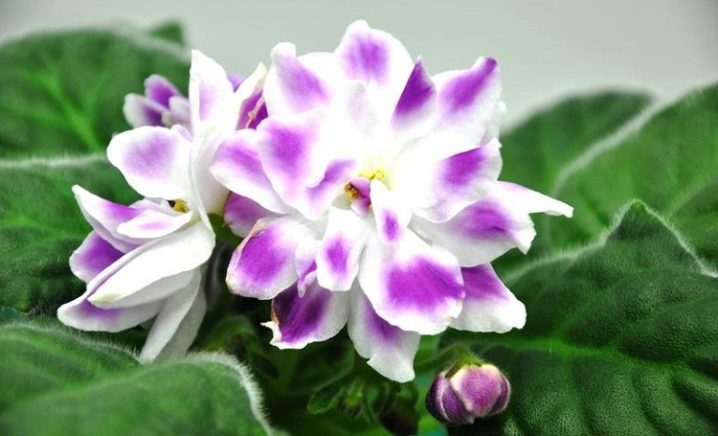
How to breed?
PC-Babylon can be grown even from a single small leaf. Of course, this is a rather complicated and lengthy process. However, the grower will get excellent results with a little effort.
The basic principles are available even for beginners:
- Saintpaulia should be grown in a shallow pot of small volume;
- instead of ready-made store-bought soil, you can take a mixture of 4 parts of turf, 1 part of peat and 1 part of sand;
- direct sunlight is categorically unacceptable;
- you can not grow violets in conditions of high humidity;
- the slightest draft can lead to plant disease;
- excessive addition of fertilizers leads to the loss of decorative properties.
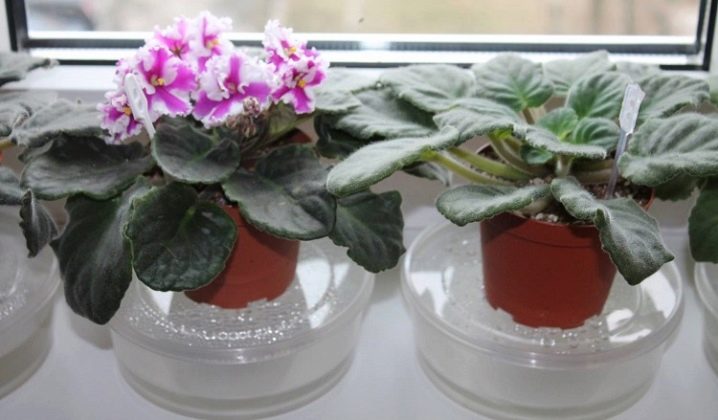
Recommendations
Experienced growers who already know how to grow PC-Babylon are willing to share their experience. Calcium nitrate helps to fight the weakness of the peduncles. It must be applied by foliar feeding. If the additive is not excessive, burns can be avoided.The maximum amount consumed is 0.001 kg per 4 liters of clean water. Although calcium nitrate gives a neutral chemical reaction (does not have pronounced acidity), each portion of it is first tested on several plants. But it is better to refuse calcium Brexil altogether.
Before buying planting material for any violets, it is important to find out exactly how a particular variety will behave on a windowsill or in a garden bed. As for many other varieties, the level of illumination is critical for PC-Babylon.
The plant thrives best on backlit shelves.

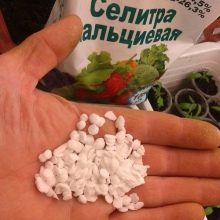

Leaves can be germinated in moss, in light soil. Some even sprout them in clean water. but according to experienced florists, it is better to use peat tablets... It takes 45-60 days to wait for the babies to appear. It is advisable to propagate plants with a large number of leaves, given that some can rot.
Every year (or every six months), the violet should be transplanted into fresh soil. If the plants are poorly developed and do not give flowers, you should not rush with treatment and fertilization. Improving growing conditions sometimes helps. Perhaps, in your case, an increase in illumination will be enough.
Only when such steps do not give results in 10-14 days, you can start feeding the flowers.
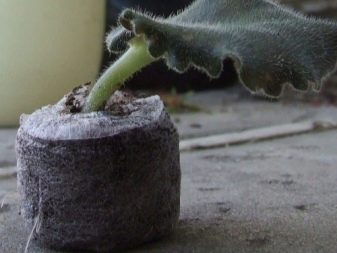
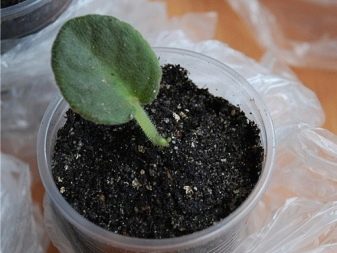
You can find out why violets do not bloom by watching the video below.































The comment was sent successfully.